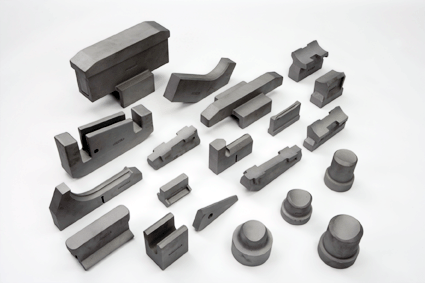What is the Sand Casting Process?
When Should You Use Sand Casting?
When should you choose sand castings? When you have a design for a metal part and your requirements are:
- Low tooling costs
- Low or high volume requirements
- Low part cost
- Quick delivery or turn around
Sand castings are a smart choice.
What are the Advantages of Sand Casting?
- Sand castings impose few restrictions on product shape
The only significant exceptions are the draft angles that are always needed on flat surfaces oriented perpendicular to the parting line. With good patterns and tooling, the proper choice of molding sands and careful foundry practice, surprisingly intricate details can be reproduced in this manufacturing process.
- Dimensional control and consistency
Dimensional control and consistency in sand castings ranges from about ±0.030 to ±0.125” (± 0.8 to 3.2 mm) depending on the size and design of the parts being cast. Within this tolerance range, the more generous tolerances apply across the parting line.
- Surface finish ranges between approximately 300 and 500 gin (7.7 - 12.9 gm) rms
Various finishes can be applied and they are: Shot blast finish, painted, powder coated, plated (chrome and others), various special coatings such as Rilsan.
- Sand castings are relatively inexpensive compared to other manufacturing processes
The process is quite simple and most any metals can be used. Parts can be used as is or can be machined.
- Sand castings are acceptably precise and above all, highly versatile
This process can be applied to simple shapes as well as castings of considerable complexity, and it can be used with all metals such as cast and ductile irons, copper alloys, steel alloys, stainless alloys, and other complex metals.
- Sand castings also lend itself to low volume production or high volumes
How Common is Sand Casting?
Sand castings currently account for about 75% of U.S. copper alloys, cast or ductile iron, stainless as well as aluminum alloy foundry production.


 O.B.T Manufacture
O.B.T Manufacture 

